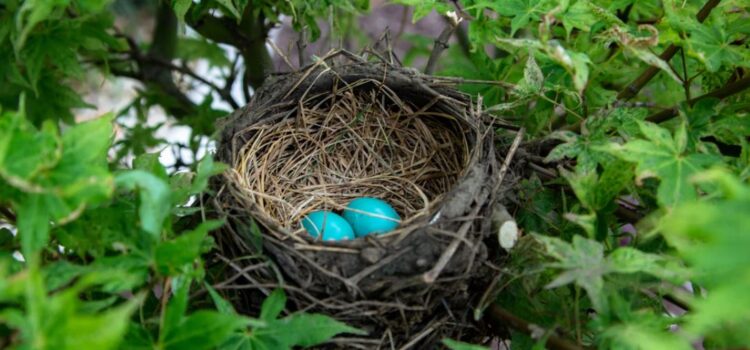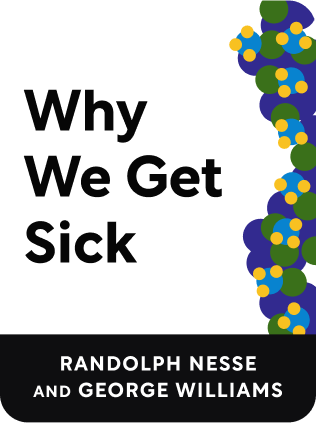

This article is an excerpt from the Shortform book guide to "Why We Get Sick" by Randolph Nesse and George Williams. Shortform has the world's best summaries and analyses of books you should be reading.
Like this article? Sign up for a free trial here .
How do scientists come up with evolutionary hypotheses? What is the adaptationist program?
Proper evolutionary reasoning undertakes the adaptationist program, which is a method of investigation that essentially makes hypotheses testable. This method can be used to help make important medical discoveries.
Keep reading for more on evolutionary hypotheses and the adaptationist program.
Evolutionary Hypotheses
Good evolutionary hypotheses are testable and stand up to reason. Many speculations on traits and behavior don’t meet this criteria. Consider these superficially justifiable explanations that break down under scrutiny:
- “We developed our nose structure to hold up glasses.” This can’t be right, because we had noses a long time before we had eyeglasses.
- “Crying as an infant is useful to exercise their lungs.” But there’s no evidence that infants who cry end up with healthier lungs as an adult than infants who don’t cry.
- “Humans die age 100 to make room for new individuals.” But, as we discussed, group selection doesn’t happen.
The Adaptationist Program
Proper evolutionary reasoning undertakes the “adaptationist program,” which is a method of investigation that essentially makes hypotheses testable.
If you understand the functional significance of some piece of human biology, you should be able to predict other unknown aspects, then investigate to confirm whether they are there or not.
For example, consider a species of bird who may lay between 3-5 eggs each mating season. One might naively think that the exact number happens merely by chance. Instead, consider that the individual bird lays a different number of eggs each season to maximize her individual reproductive success—the bird only lays as many eggs as she feels fit to provide for. This would predict that if you found birds who laid 3 eggs, then added an egg to those nests, the offspring would be more likely to die than those of birds who naturally lay 4 eggs.
As another example, consider the sex ratio in humans. One might reason that males and females are equally balanced is because the X and Y chromosomes are randomly chosen with equal probability. But this is a proximate explanation that doesn’t explain why this is important. The underlying evolutionary reason is that producing the gender that is scarce at any time has the reproductive advantage. Individuals that produce only male offspring will be selected against when females are scarce, and so the genes that predispose to male offspring are selected against. The same logic applies to genes that promote female offspring. Over time, these pressures balance out, so that individuals have genes that produce offspring at equal sex ratio.
The idea here is that a point of view based around natural selection can help make important medical discoveries. Darwinian medicine asks questions such as:
- Is this trait of human biology adaptive?
- What does the rest of the machinery look like? How can we test our predictions for this machinery?
- If this trait seems undesirable, how could natural selection have allowed it to persist? Is the undesirable aspect the price of a hidden beneficial aspect?
- Could the trait have been helpful during the Stone Age, and only causes disease in modern times?

———End of Preview———
Like what you just read? Read the rest of the world's best book summary and analysis of Randolph Nesse and George Williams's "Why We Get Sick" at Shortform .
Here's what you'll find in our full Why We Get Sick summary :
- Why evolution hasn't rid humans of all diseases
- How reproductive fitness is more important than overall survival
- How you evolved to dislike the sound of a baby crying






